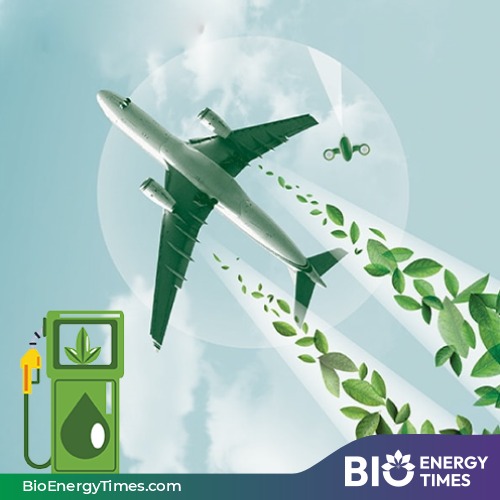Neste has secured terminal capacity at ONEOK’s Houston, Texas terminal to blend and store Neste MY Sustainable Aviation Fuel™. This move significantly enhances the availability of Neste’s SAF for airlines operating from airports east of the Rocky Mountains to the East Coast.
The additional capacity at ONEOK’s Houston terminal allows Neste to store up to 100,000 tons (approximately 33.5 million gallons) and is directly linked to the energy pipeline network in the eastern United States. In 2021, Neste successfully supplied SAF to New York’s LaGuardia Airport using existing fuel distribution infrastructure. In September 2023, Neste further expanded its capability by commissioning terminal capacity in Los Angeles, California, to serve customers on the West Coast with renewable fuels.
Alexander Kueper, Vice President of Renewable Aviation Business at Neste, emphasized the company’s dedication to supporting the U.S. aviation industry in its decarbonization efforts. He highlighted that the expansion of SAF supply capabilities, in collaboration with partners like ONEOK throughout the fuel supply chain, underscores this commitment. This expansion provides a reliable foundation for supplying SAF to domestic and international airlines at airports across the eastern United States, as well as supporting various sustainability policies at state, federal, and local levels.
Greg Lusardi, Senior Vice President of Corporate Development at ONEOK, expressed enthusiasm about delivering essential energy products to the aviation industry while innovating for the future. ONEOK, a leading diversified energy infrastructure company in the U.S., is proud to leverage its extensive infrastructure platform to foster growth within sustainable fuels markets.
Sustainable Aviation Fuel (SAF) is a renewable alternative to conventional jet fuel, significantly reducing greenhouse gas emissions by up to 80%* over its life cycle compared to traditional jet fuel. Neste’s SAF is derived from 100% renewable waste and residue raw materials, such as used cooking oil and animal fat waste. It seamlessly integrates with existing aircraft engines and fueling infrastructure after blending with conventional jet fuel.















